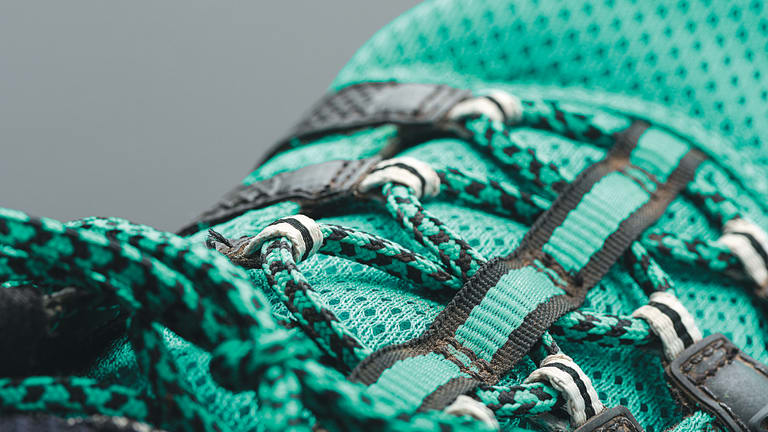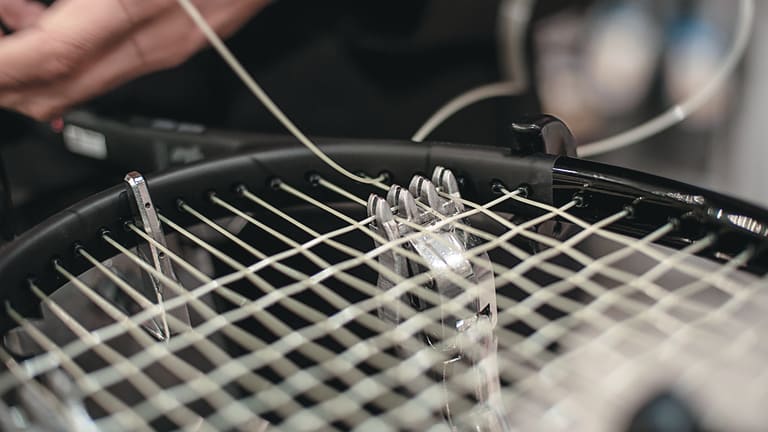Next Gen racquets, shoes and strings: The decade to come in gear
By Nov 05, 2019WTA Stuttgart, Germany
Iga Swiatek beats Emma Raducanu in Stuttgart quarters while Aryna Sabalenka and Coco Gauff lose
By Apr 19, 2024ATP Barcelona, Spain
Casper Ruud and Stefanos Tsitsipas reach Barcelona semis, one step away from another title clash
By Apr 19, 2024WTA Stuttgart, Germany
Marta Kostyuk earns best win by ranking against Coco Gauff in Stuttgart quarterfinals
By Apr 19, 2024Football star Reggie Bush is now a tennis dad
By Apr 19, 2024ATP Barcelona, Spain
Stefanos Tsitsipas climbs Barcelona "mountain" after saving match points to edge Diaz Acosta
By Apr 19, 2024Style Points
Zendaya pays tribute to the Williams sisters in Carolina Herrera gown and white beads
By Apr 19, 2024WTA Stuttgart, Germany
Iga Swiatek defeats Emma Raducanu, extends Stuttgart win streak into semifinals
By Apr 19, 2024Anti-Doping & Corruption
Tennis umpire banned for life for manipulating scores and gambling
By Apr 19, 2024ATP Munich, Germany
Cristian Garin repeats history by ousting Alexander Zverev in Munich quarterfinals
By Apr 19, 2024Next Gen racquets, shoes and strings: The decade to come in gear
The equipment evolution will be realized in your hands and on your feet.
Published Nov 05, 2019
Advertising

Next Gen racquets, shoes and strings: The decade to come in gear
Advertising

Next Gen racquets, shoes and strings: The decade to come in gear
Advertising

Next Gen racquets, shoes and strings: The decade to come in gear
Advertising

Next Gen racquets, shoes and strings: The decade to come in gear